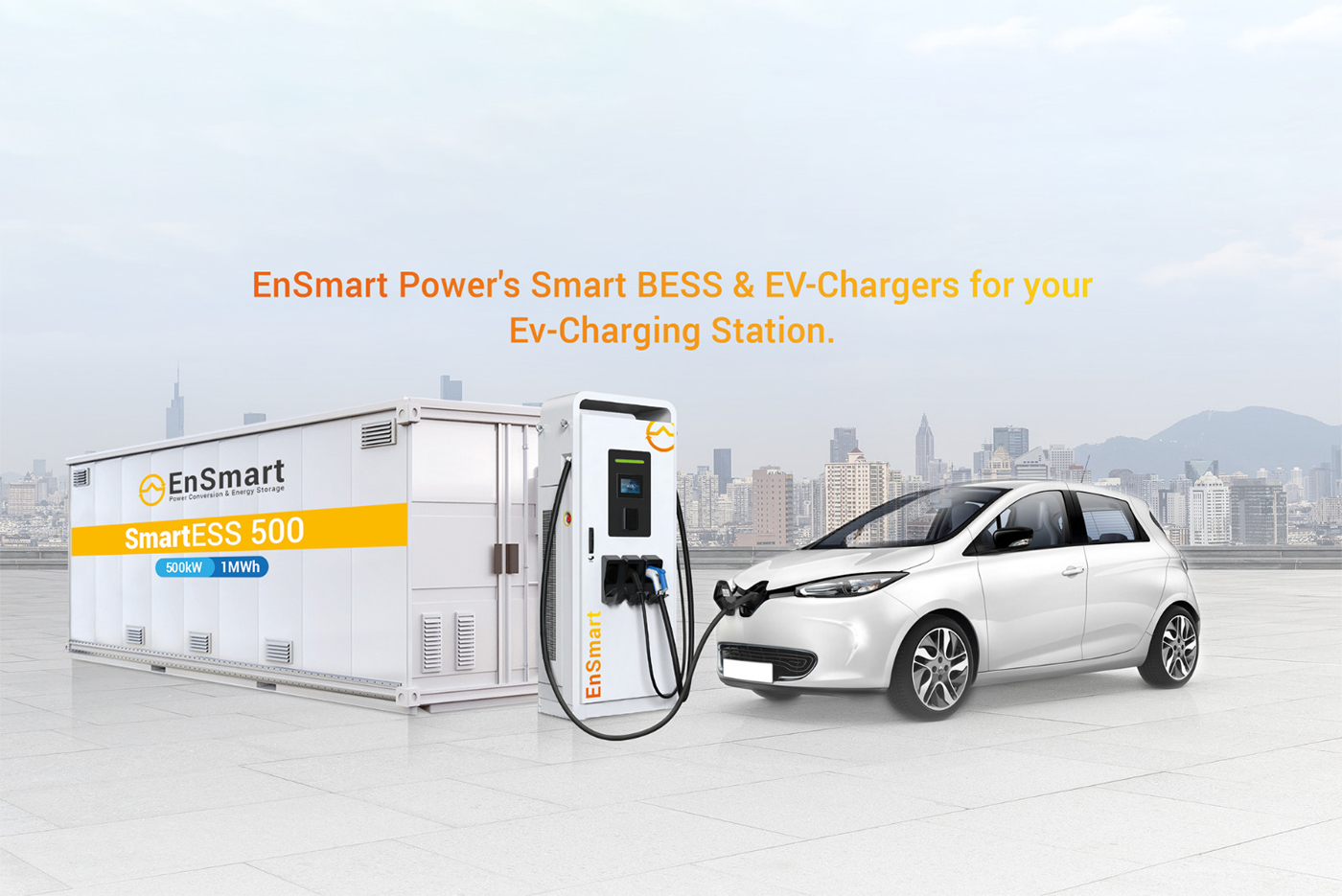FAQs
What is an On-line Ups?
The online UPS is ideal for the applications where electrical isolation is necessary and for the electronic equipments which are sensitive to power fluctuations. The initial cost of the online UPS may be slightly higher, but its total cost of ownership is generally lower due to longer battery life. The online UPS may be necessary when the power environment is “noisy”, when utility power sags, outages and other anomalies are frequent. This is extremely important when protection of sensitive IT equipment loads is required, or when operation from an extended-run backup generator is necessary.
The basic technology of the online UPS is the same as in a standby or line-interactive UPS. However it typically costs much more, due to it having a much greater current AC-to-DC battery-charger/rectifier, and with the rectifier and inverter designed to run continuously with improved cooling systems. It is called a double-conversion UPS due to the rectifier directly driving the inverter, even when powered from normal AC current.
In this type of UPS, double conversion method is used. Here, first the AC input is converted into DC by rectifying process for storing it in the rechargeable battery. This DC is converted into AC by the process of inversion and given to the load or equipment which it is connected (figure 2). This type of UPS is used where electrical isolation is mandatory. This system is a bit more costly due to the design of constantly running converters and cooling systems. Here, the rectifier which is powered with the normal AC current is directly driving the inverter. Hence it is also known as Double conversion UPS. The block diagram is shown above.
In an online UPS, the batteries are always connected to the inverter, so that no power transfer switches are necessary.
When power is restored, normal operation resumes and the rectifier continues to carry the electrical load and begins charging the batteries. The main advantage to the on-line UPS is its ability to provide an ‘electrical firewall’ between the incoming utility power and sensitive electronic equipment..

